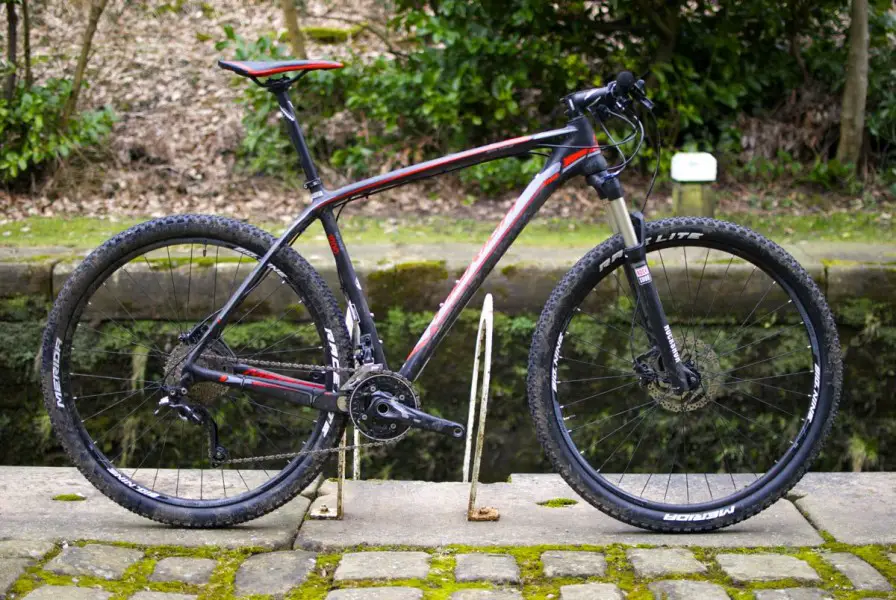
It’s obvious from the very beginning at what the Merida Big Nine is aimed. This is a cross country bike, pure and simple. The elegantly swooping frame is made from a ‘Nano Matrix Carbon’, which apparently enriches the carbon’s epoxy with nano particles to increase impact resistance up to 40%. Ooooh.
The slightly curved top tube joins the seat stays in a seamless blend of hi-tech carbon artistry. The Big Nine’s got a tapered steerer, full internal cable routing for extra-sleek lines, and an anti-wrinkle system to increase smoothness (and thus strength and weight) on the inside of the frame. The frame is also future-proofed with 142×12 rear dropouts. The bottom bracket shell is an aluminium insert with threads, unlike so many press-fit models which may be lighter, but experience say can occasionally creak. On paper, the frame has it all.
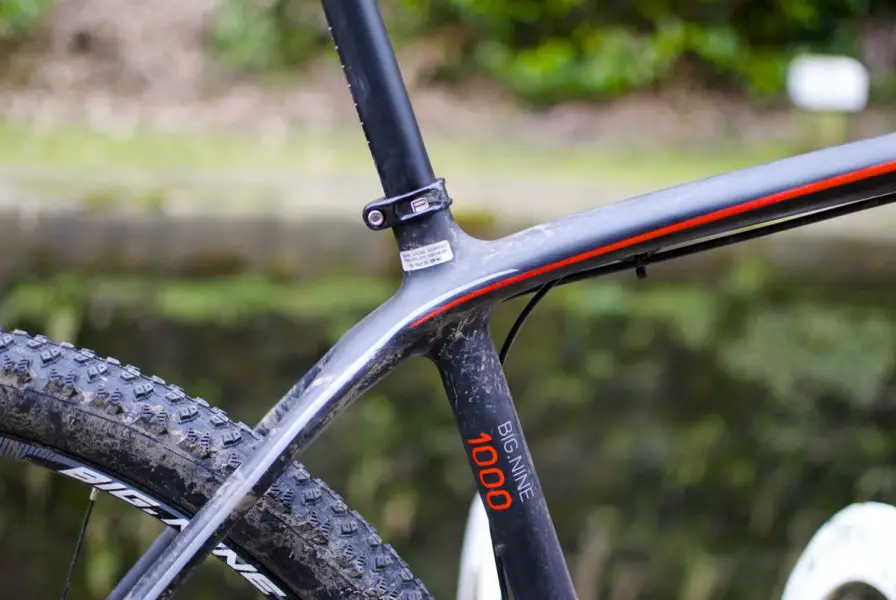
It’s specced with a pretty good kit selection for the money, too. A RockShox 30 Gold fork with 100mm of travel is on bump-smoothing duties; if you’re doing lots of climbing this can be locked out with the PopLok switch mounted on the handlebars. The wheels are Formula centrelock hubs laced into Merida Big Nine rims, and they’re shod with own brand Merida Race-lite 29er tyres.
Brakes are Deore-level Shimano M506 hydraulic numbers, with a commendably meaty 180mm front and a 160mm rear centrelock rotors. The drivetrain is mostly Shimano Deore; there’s a triple chainset up front with a 10 speed cassette out back, and the chain is hoiked about by a Deore front and an XT shadow (non-clutch) mech out back.
The saddle and seat post are fine – a Merida Pro 27.2mm post is firmly stuck underneath a perfectly comfortable Merida Sport saddle. That 27.2 post might not be the diameter du jour, but it does lend an element of flex and thus comfort to the back end that might perhaps otherwise be lacking.
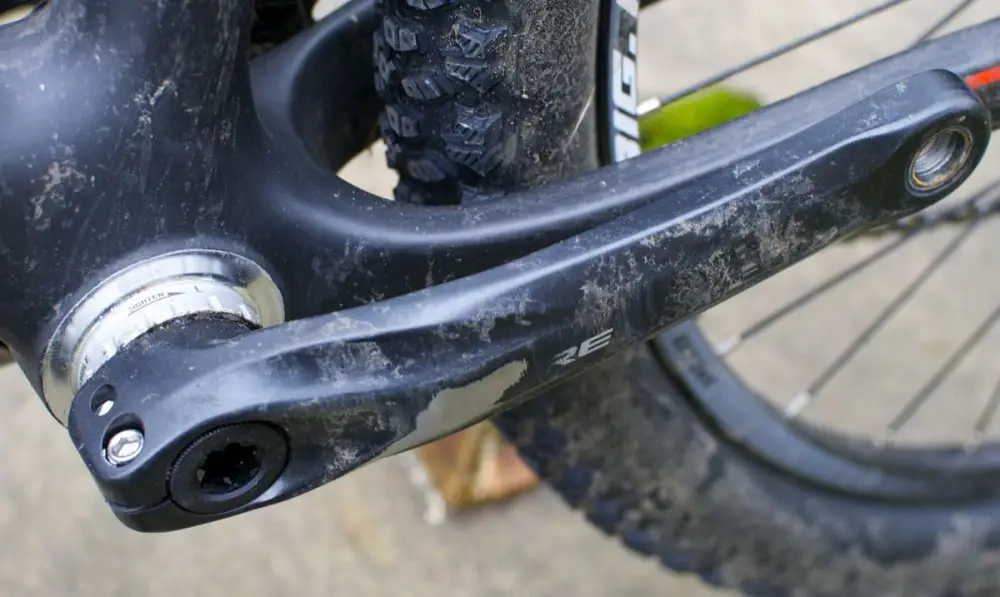
And the bar and stem are a typically cross-country 700mm wide and 100mm long respectively. There are some light foam grips on the ends of the bars to help keep the weight down to a respectable 26.2lbs or so.
Trail Notes
It’s immediately obvious, just by looking at it, that this bike likes to go fast. The long tope tube, dropped front end and relatively lofty saddle all scream ‘RACE ME’, even before you’ve actually straddled the thing. And it doesn’t disappoint.
As soon as you set off, it feels as if you’re going twice as fast as you should for the same amount of effort through the pedals. Perhaps some of this is due to the lower rolling resistance of the tyres, even though they seemed to function perfectly acceptably in the mud and grime around hereabouts. I was actually expecting the tyres to be worse than they were. I did have a few dubious moments with them – they’re fairly low-profile after all – but I rode them through quite a lot of snow and ice, as well as the more usual mud and rain, during the test period and they held up surprisingly well.
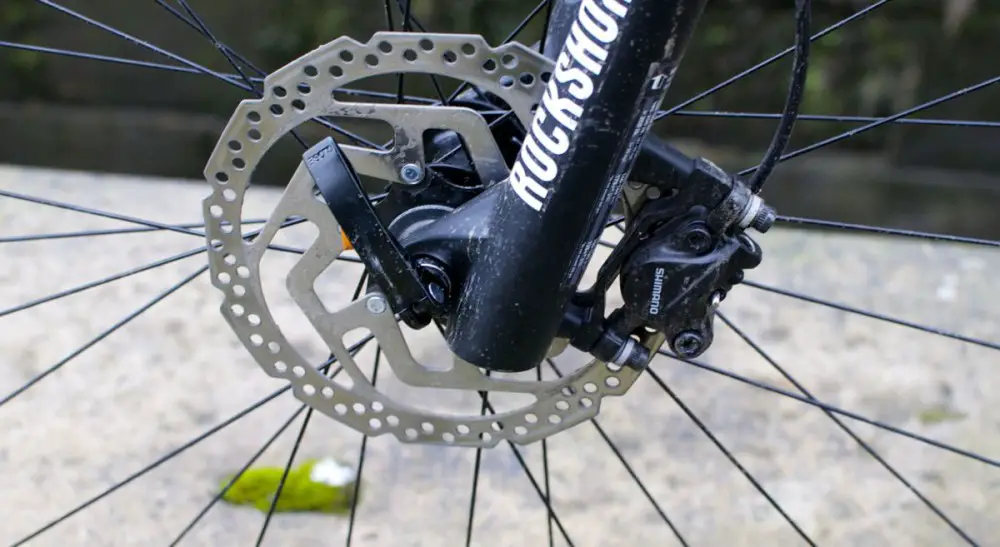
But I suspect as much of this bike’s speed is due to the efficient riding position; the head-down pedalling posture you’re forced to adopt gives you that extra few percent through the cranks. I was able to complete my usual local loop a good few minutes faster than usual on the Big Nine.
The fork isn’t bad either. It’s not the very stiffest, with only 30mm stanchions, but it’s okay, and suspension performance is acceptable. It’s slightly twangy through corners, although rarely was it was totally over-faced, and the action was plush enough to take the sting out of fast stutter-bumps and the like. The fact that it has quick-release dropouts means the bike is in that rare club with a QR front wheel and a through-axle rear.
Ah yes, the frame. I was initially impressed by some of the little touches; the internal routing really does make it rather pretty, I’m delighted that it resorts to a threaded BB insert, and it’s surprising comfortable. The seat stays are fairly slender, which may impart an element of flexy comfort in conjunction with the seatpost, but the upshot is that the whole bike feels pretty comfy over long distances. And yet, hoofing on the pedals doesn’t seem to impart much lateral flex, and whoosh, you’re off. Yes, yes, I’m going to wheel out that hoary old cliche: laterally stiff; vertically compliant. Sorry about that.
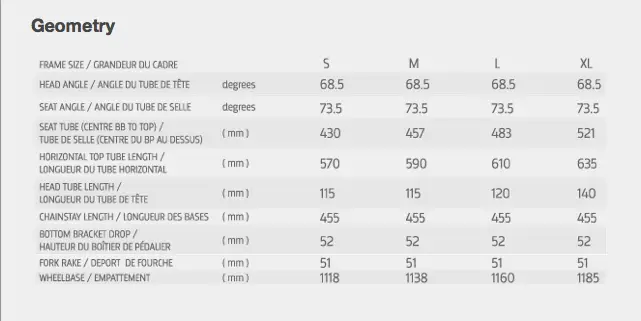
Of course, the downside to this lightning fast approach is that the bike felt somewhat nervous when riding anything particularly tricky, and so technical descending was also slightly compromised. Having your bodyweight so low over the front and your saddle so high makes for some rather interesting descents, but nothing insurmountable, and it’s not really what the bike was designed for: saddle dropping really isn’t in this bike’s purview, after all.
Once you’ve negotiated the tricky stiff, you’re off at warp speed again. And of course, it climbs beautifully. Even stuff you’re not sure you’re going to get up – the combination of low weight, efficient position and hyper speed velocity means that often you’re on top of things and down the other side even before you know what’s happening.
I’ve got no complaints with the drivetrain. 3×10 is perfect for cross country racing; you’ll certainly not need a larger range of gears, although if you’re particularly hardcore you could probably dump the granny ring and live in a world of (everso slightly lighter) pain.
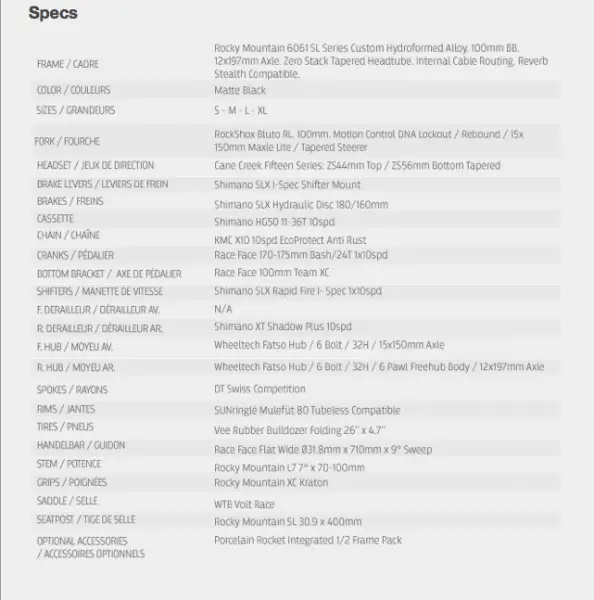
I’d liked to have seen a clutch mech, and the anti-chainsuck plates on the frame seemed risibly small, but I didn’t have cause to need it while I was testing. Similarly, the brakes were great. Not terribly adjustable – although you can play with the lever throw – but I appreciated the 180mm front rotor in particular. I had plenty of power to play with, and it transferred to the ground fine with those tyres.
Overall:
The combination of an excellent frame coupled with well-performing, cheaper bits and pieces makes for a fine, fast bike in its own right, with an extremely worthy platform for upgrading. The well-chosen componentry performs very well, but the real standout here is the frame. If you’re after a head-down go-fast no-prisoners carbon XC bike on a budget, this has to be looked at.
http://vimeo.com/121907003
Comments (0)
Leave Reply
Post Comment
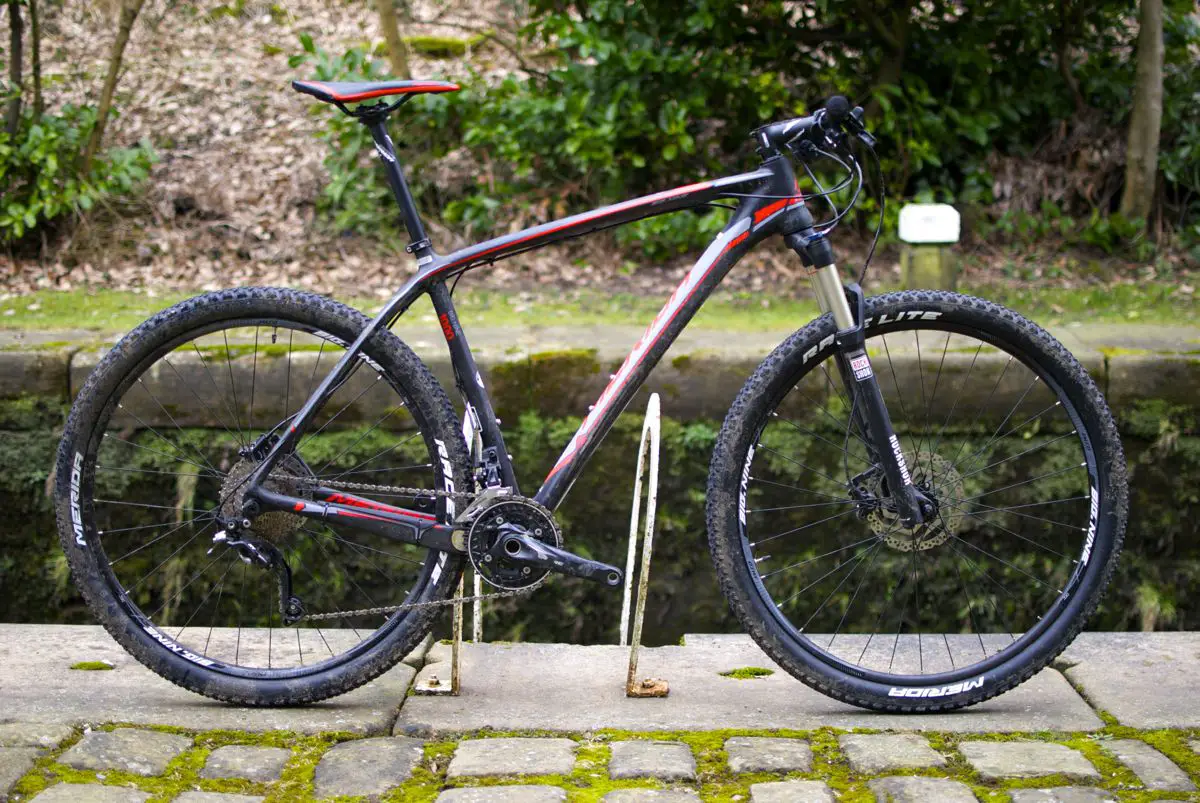

“The frame is also future-proofed with 142×12 rear dropouts.”
Written before the future of 29ers was Booooosted?